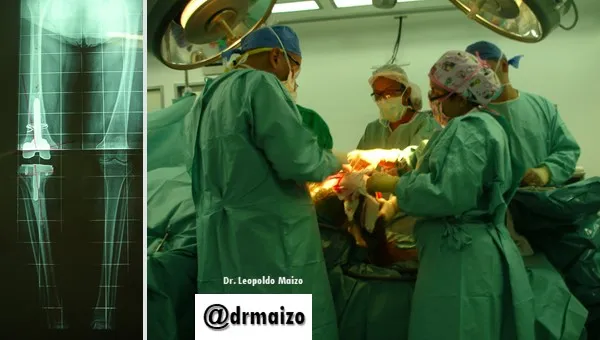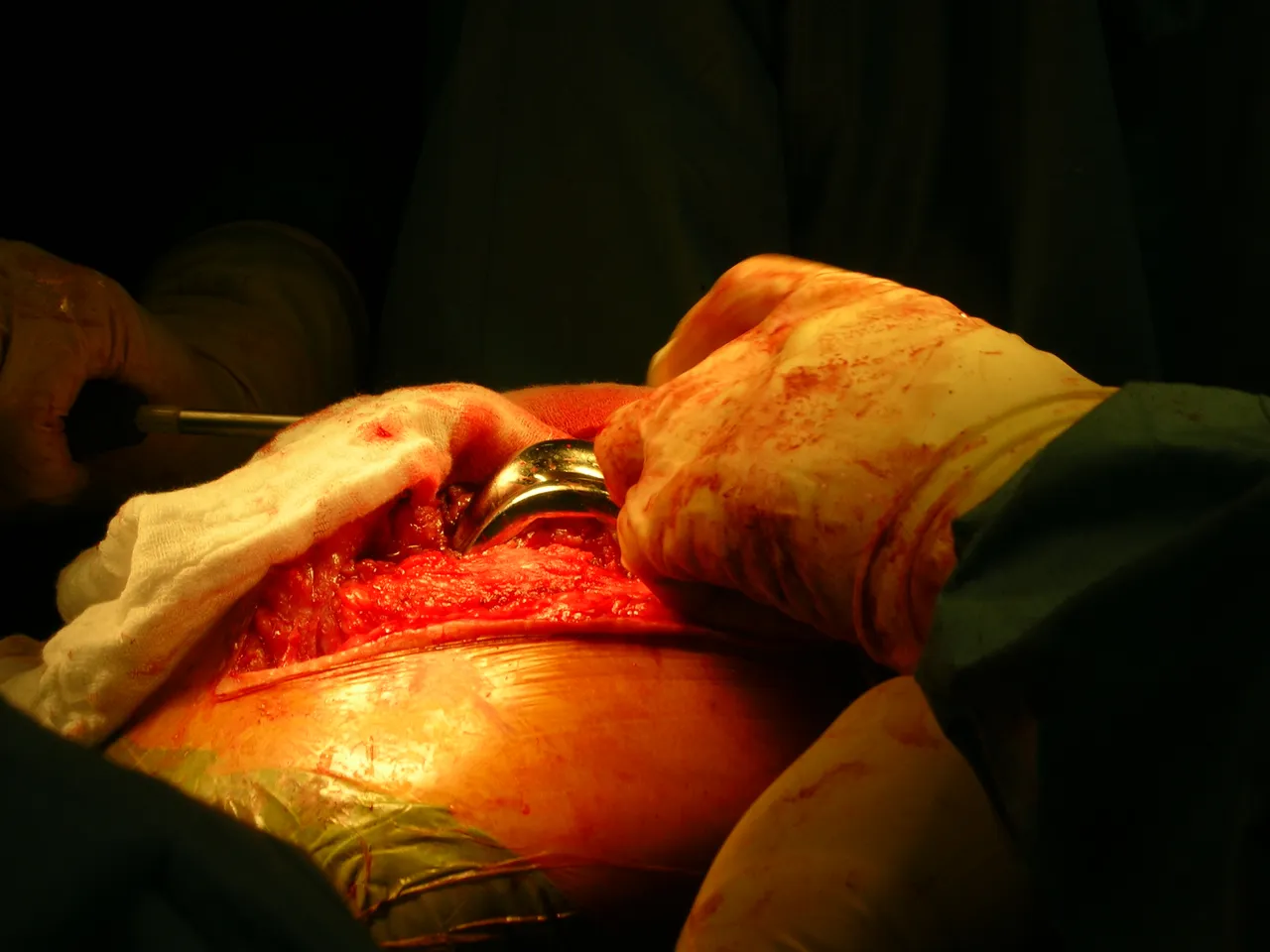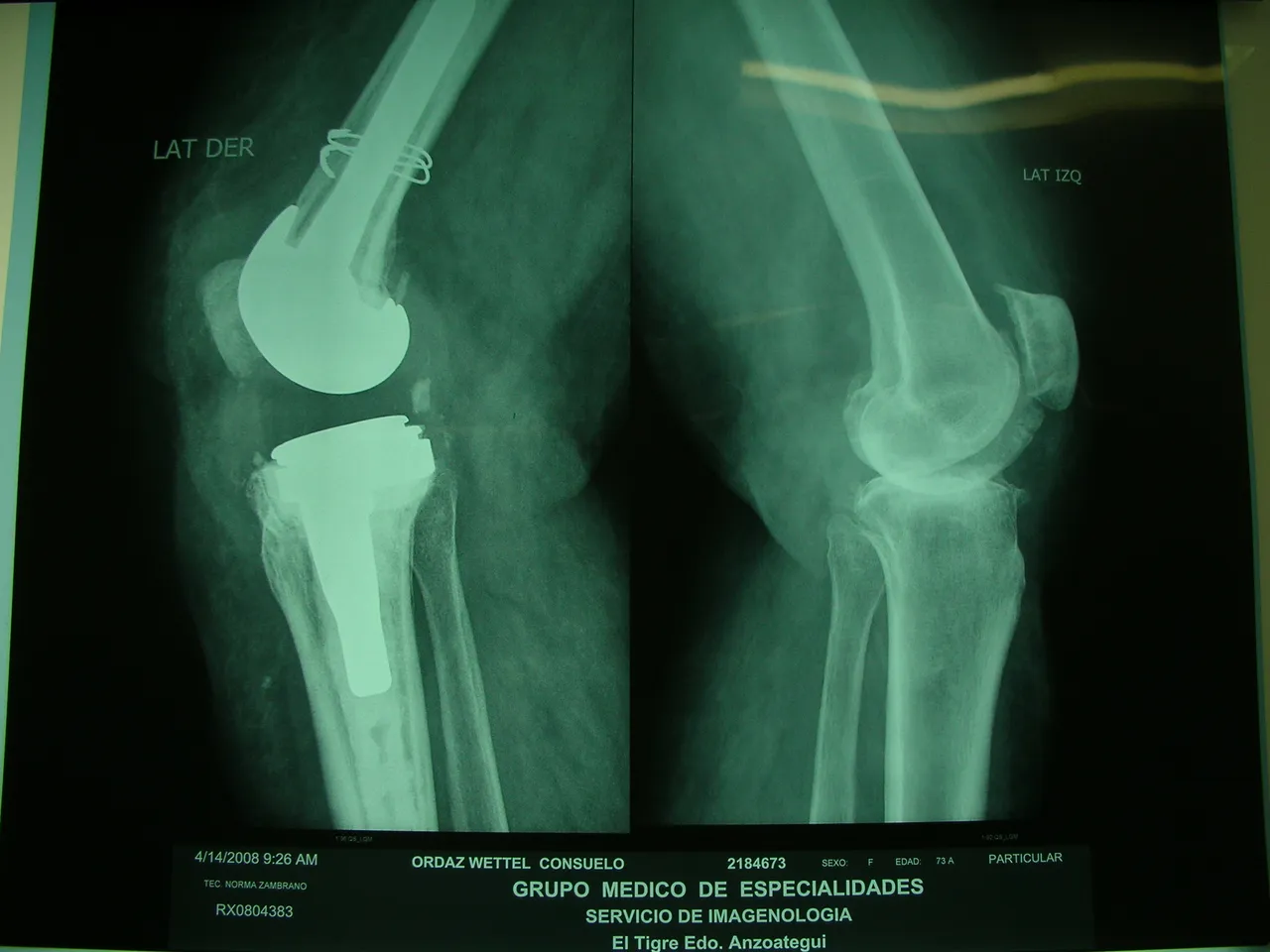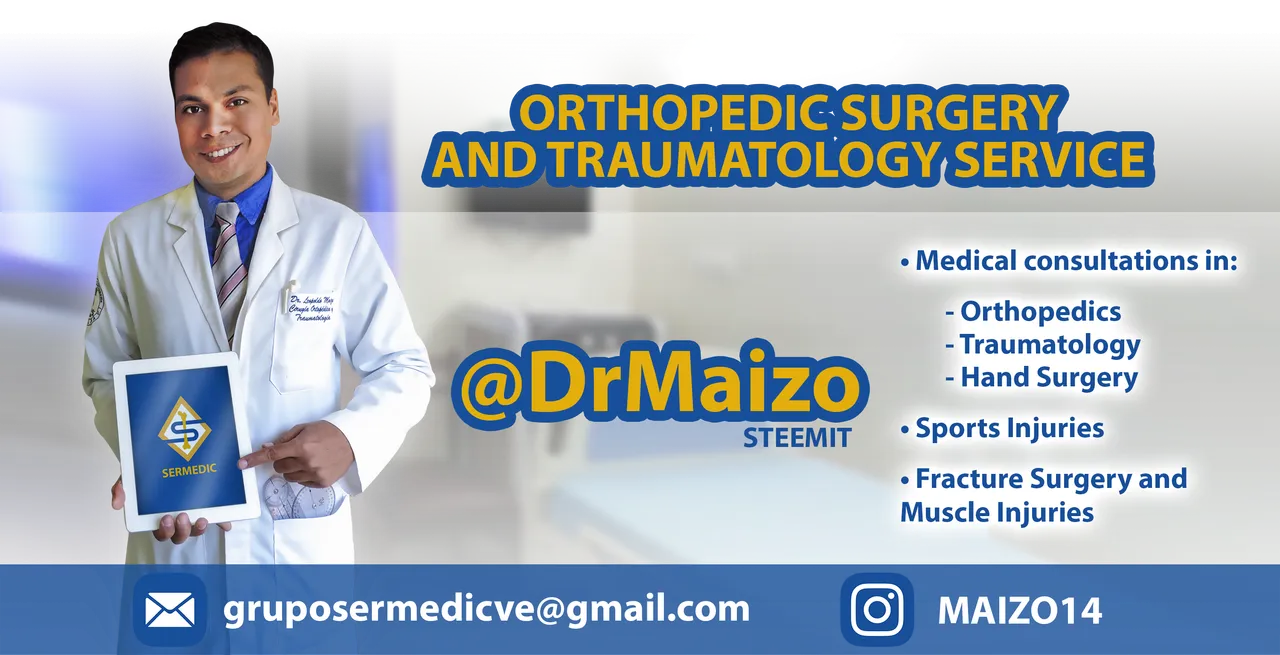
Knee Surgery
When other treatments do not reduce pain, many people think knee surgery is an option worth considering.
Total Knee Replacement (TKR) The most common knee surgery is total knee replacement, a procedure in which the damaged knee joint is removed and replaced with metal, ceramic and/or plastic components. The knee is the most commonly operated joint, we have already had some previous post talking about this.
Arthroscopy. Arthroscopy is a minimally invasive procedure performed by inserting an endoscope with light and narrow instruments through small incisions in the skin over the knee. While knee arthroscopy is an intervention that helps many people, there is controversy about the usefulness of some arthroscopic procedures.
Osteotomy. If the damage to the knee is mostly limited to one section, the doctor may recommend a surgery called an osteotomy. In an osteotomy, the surgeon modifies the shape of the bones and repositions them to remove weight from the damaged part of the knee. By doing so, it relieves pain and improves function, particularly for someone who is not suitable for total knee replacement.


How to prepare at home?
Before you go to the hospital for surgery, prepare your home to make your recovery and life easier when you return. This always requires some recommendations from your surgeon.
- Have a bed that is low enough so that your feet touch the floor when you sit on the edge of it.
- Put your bed on the ground floor if you can. A hospital bed may not be needed, but the mattress should be firm.
- Have a bathroom or portable toilet on the same floor where you will spend most of the day.
- Stock up on canned or frozen foods, toilet paper, shampoo, and other personal items.
- Buy or prepare individual meals that can be frozen or reheated.
- Make sure you can reach everything you need without having to stand on your fingertips or bend down too much.
- Store food in cabinets that are between the waist and shoulder level.
- Place cups, your teapot, and other items you use a lot in the kitchen cupboard.
- Make sure you have easy access to the phone. A portable phone can do the trick.


Something more?
You may need help with bathing, using the toilet, cooking, running errands, shopping, going to provider appointments, and exercising. If you don't have someone to help you at home for the first 1 or 2 weeks after surgery, ask about a trained caregiver who will come to your home. He or she can also check the safety of your home and help you with your daily activities.
Raising the toilet seat will prevent you from bending your knee too much. This can be done by adding a cover to the toilet seat or a raised toilet seat or bathroom safety frame. You can also use a potty chair instead of a toilet.
You may need to have safety bars in your bathroom. Support bars should be attached vertically or horizontally to the wall, not diagonally. DO NOT use towel rails as support bars. They can't hold your weight. You will need two safety bars: one helps you get in and out of the tub. The other helps you get up from a sitting position.
Keep your home free of tripping hazards. Avoid falls and DO NOT carry anything when you are moving.
Dr. Leopoldo Maizo - Orthopedic Surgeon


Firma diseñada por @themonkeyzuelans, contáctalos vía Discord "themonkeyzuelans#9087"
Great projects from the Steemit community:
- My Fundition campaign: https://fundition.io/#!/@drmaizo/6f88ggj8h



